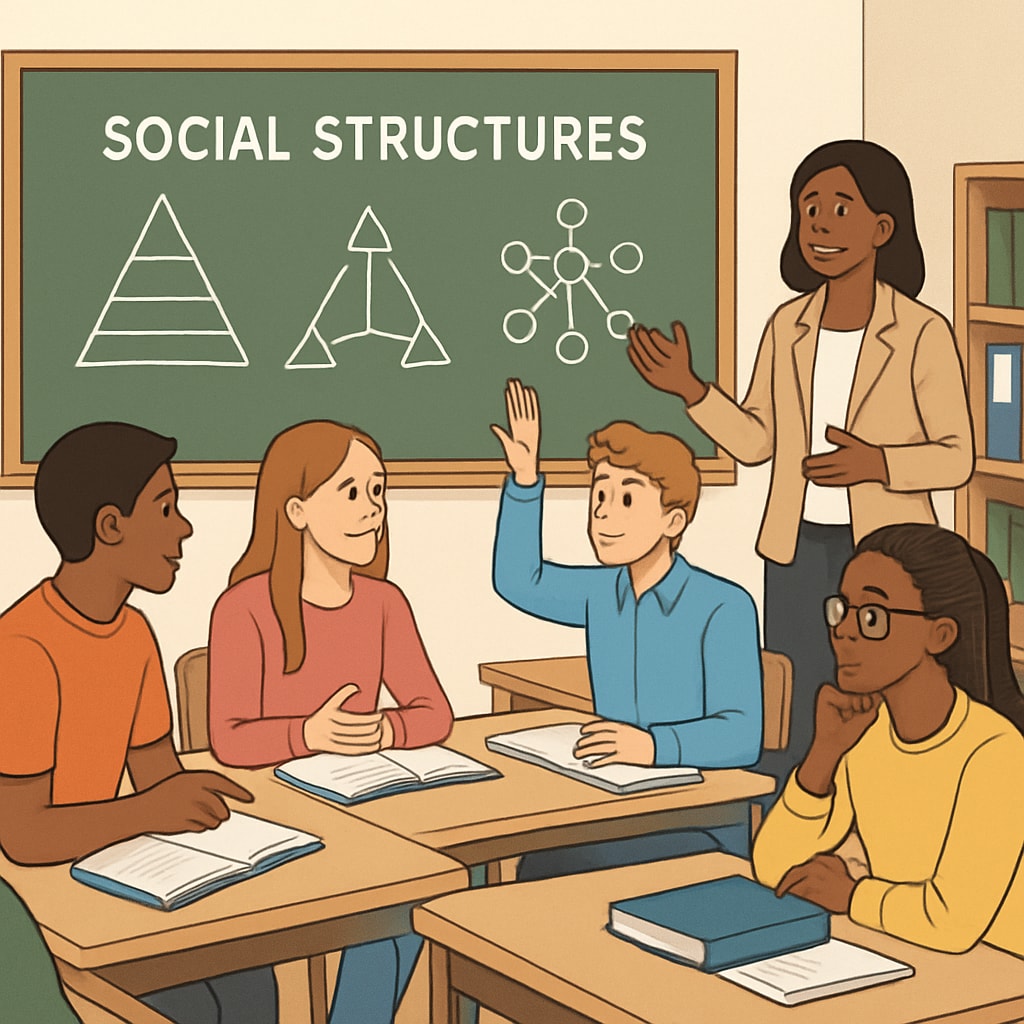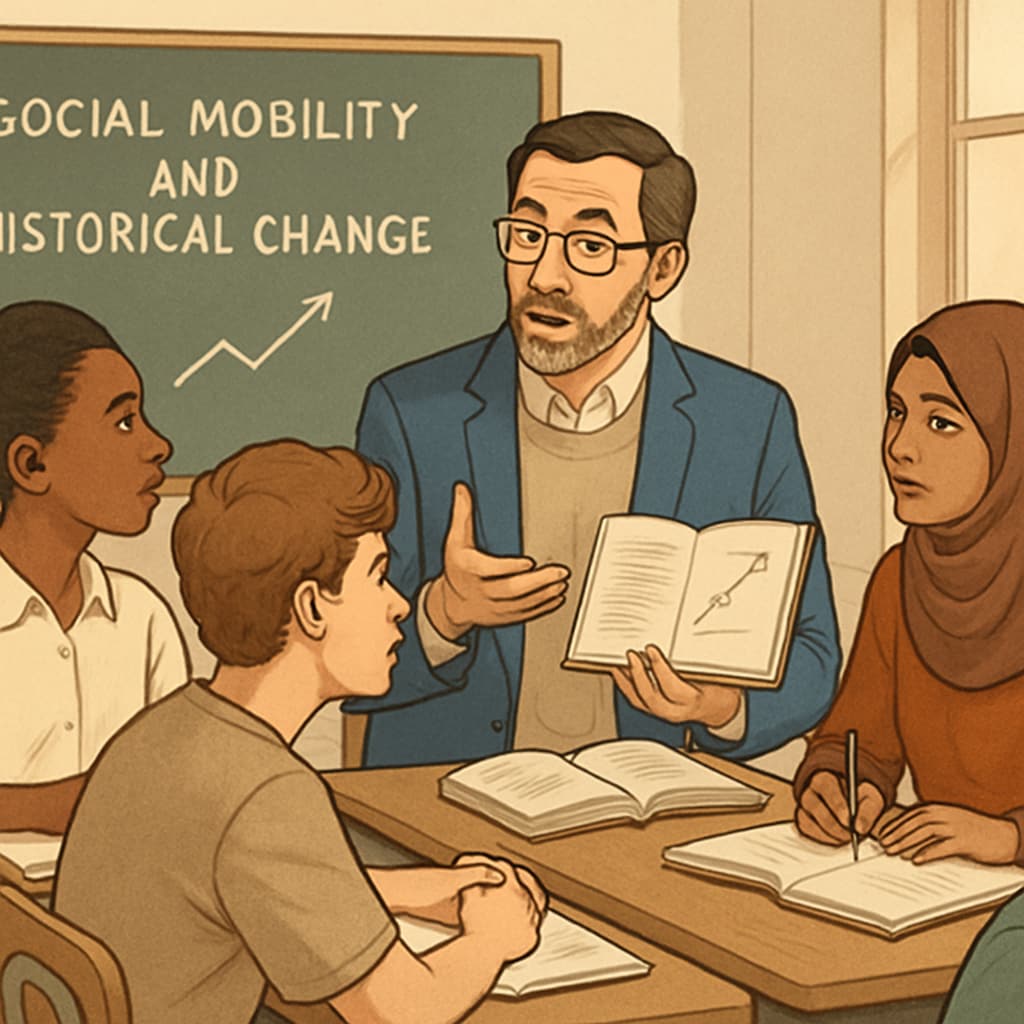In recent years, concerns have grown about the presence of class stratification narratives within K-12 education. These narratives, often presented through social studies and sociology education, can unintentionally reinforce rigid worldviews that promote the idea of societal immobility. By embedding such notions into the curriculum, schools risk perpetuating harmful stereotypes and limiting students’ aspirations. This raises important questions about how educators and parents can counteract these effects and provide a more balanced, hopeful, and critically engaged understanding of society.
How Class Stratification Narratives Shape Worldviews
The concept of class stratification (the division of society into hierarchical economic or social levels) is often introduced to students as an unavoidable reality. While teaching about social structures is essential for understanding history and modern society, oversimplified explanations can lead to harmful assumptions. For example, students may begin to believe that upward social mobility is unattainable or that societal change is impossible.
Studies have shown that exposure to rigid class narratives can decrease students’ motivation to pursue ambitious goals. According to Britannica, the idea of social class is deeply embedded in societal systems, but its interpretation can vary widely across cultures. Educators must ensure that discussions around class include diverse perspectives and examples of individuals who have challenged societal norms.

The Role of Educators in Promoting Balanced Perspectives
Educators play a critical role in shaping how students perceive societal structures. Instead of presenting class stratification as a fixed or insurmountable barrier, teachers should emphasize the fluidity of social systems and the historical examples of progress brought by individuals and movements. Encouraging students to critically analyze the dynamics of class can foster both hope and action-oriented thinking.
To achieve this, educators can:
- Introduce case studies of individuals who overcame class barriers.
- Facilitate discussions on how societal structures can evolve over time.
- Encourage students to explore solutions to societal inequality through projects and debates.
For further reading, Wikipedia’s entry on social mobility offers valuable insights into how education, policies, and other factors influence upward mobility.

Parents’ Responsibility in Countering Rigid Narratives
While schools provide the foundation for social education, parents have the unique opportunity to complement this learning at home. By exposing children to diverse experiences and emphasizing the importance of resilience and adaptability, parents can help counteract the negative effects of rigid class stratification narratives.
Suggestions for parents include:
- Encouraging children to read biographies of individuals who defied societal norms.
- Discussing current events and the role of activism in promoting social change.
- Reinforcing the idea that effort, creativity, and collaboration can lead to positive outcomes.
In addition, parents should remain vigilant about the media their children consume, ensuring that TV shows, movies, and books provide nuanced portrayals of society rather than reinforcing stereotypes.
Building a Future of Critical Thinking and Hope
Instead of locking students into a worldview of immobility, K-12 education should inspire them to envision and work toward a better future. This requires collaboration between educators, parents, and policymakers to create curricula that balance realism with optimism. By teaching students to critically analyze societal structures and empowering them to believe in the possibility of change, we can nurture a generation that challenges norms and strives for equality.
Ultimately, breaking the chains of harmful class stratification narratives is not just an educational task—it’s a societal imperative. Together, we can ensure that students grow into thoughtful, hopeful, and action-oriented individuals who are equipped to shape the world for the better.
Readability guidance: This article uses short paragraphs to encourage engagement and integrates actionable solutions to maintain practical relevance. Images have been strategically placed to visually support key ideas, while external links provide reliable resources for continued learning.


